Introduction
Disaster preparedness is nothing new to governments, businesses, and development organizations. The well-laid plans to be used in case of fire, flood, or storm are commonplace. They help to provide a blueprint for action at a moment of crisis when an existing strategy can be a thing of comfort for those dealing with the unthinkable. Of course, the types of disastrous situations have expanded — from terrorism to cyberattack to, now, pandemic. Today, the old Boy Scout motto Be Prepared seems to prompt the question Now What?
Resilience planning, though, is another matter. It recognizes that disasters and difficulties will happen, that immediate response is necessary, but that long-term implications will require a different set of strategies and actions to ensure ongoing viability, whether for a business, a government, or a development organization.
The word resilience, itself, suggests a different outcome than preparedness. To be prepared is one thing. To be able to respond, survive, and even thrive after a disaster is quite another. That's what this handbook seeks to do. It provides community leaders, development organizations, economic developers, chamber executives, and business owners a framework for preparation that looks beyond the immediate triage required by disaster to the longer-lasting recovery. In a perfect world, that recovery is enhanced by the steps recommended within.
There are a variety of levels of preparedness and, by extension, resilience. Each requires an understanding of some key elements: your organization and management, your finances, and your customers. Assessing and reflecting on those basics will provide insights upon which a resilience plan can be developed. Then, a communications strategy for sharing that plan and supporting its implementation with partners and clients will be needed. Few things are worse than a well-laid plan that sits on a shelf.
What is most important is that you and your organization are planning for the unknown, setting a strategy should the unthinkable occur. You will find that the plan, and the process required to develop it, prompts a deeper reflection on your organization, its operations, and its long-term success.
This workbook is intended to serve as a toolkit — with resources and references for traditional partners. The toolkit, however, is not all-inclusive. There will be partners in your community or your region who may need to be included or engaged. That’s part of the planning process — identifying those entities that need to be at the table, both now and at times of crisis.
The toolkit is also aligned in such a way that you can go directly to key areas of interest, from money to management to marketing. It can also be taken as a whole — a blueprint for action.
At a time when the implications from the COVID-19 pandemic have been felt for a year, there is broad reflection on what was learned and what has been left unaddressed. With that collective experience and some new insights combined with collective foresight, this crisis can prompt better and quicker responses next time.
This toolkit would not be possible without the support of the U.S. Economic Development Administration (EDA), which provided funding through the 2020 CARES Act. EDA, which resides within the U.S. Department of Commerce, is the only federal government agency focused exclusively on economic development.

